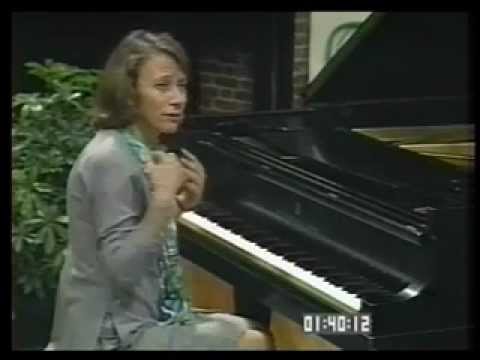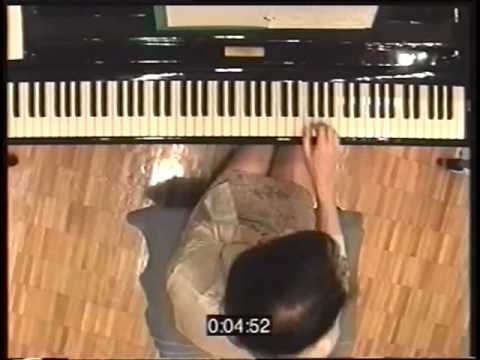The Taubman Techniques DVD series is the most comprehensive instructional tool that can give you access to the results of decades of biomechanical research into the underpinnings of a virtuosic technique. The lessons of the DVD are readily applicable to all styles of music and musicians of all levels, from beginners to performers at Carnegie Hall.
9 Reasons to Buy the Taubman Techniques
Unlock the virtuoso within you...
The Taubman Approach is the world’s leading method for playing various styles of music from classical to jazz to pop with brilliance, freedom, and ease. Initially intended specifically for pianists, the Taubman Techniques video series is widely recognized as the leading self study resource for learning this approach. Countless pianists, cellists, violinists, woodwind players, percussionists, and other musicians around the world have witnessed dramatic improvements to their playing ability thanks to the technical savoir-faire, musical insights, and knowledge taught in these videos.
We invite you to order and join the ranks of the thousands of musicians whose careers have been transformed by learning the Taubman Approach...or risk being left behind in the midst of the biggest revolution in musicianship of the 20th and 21st centuries.








